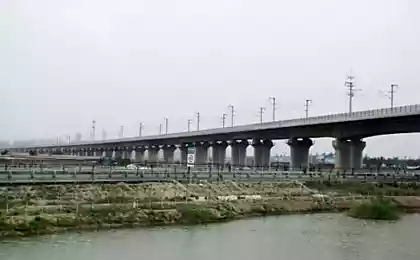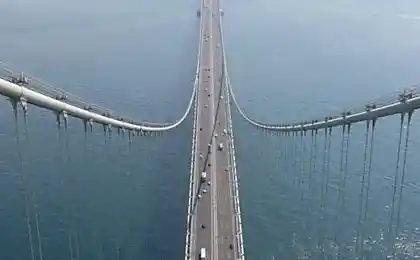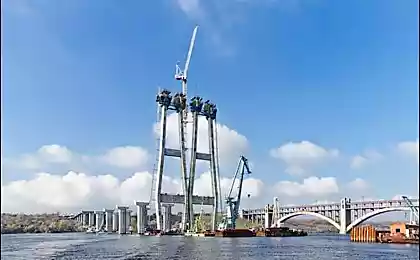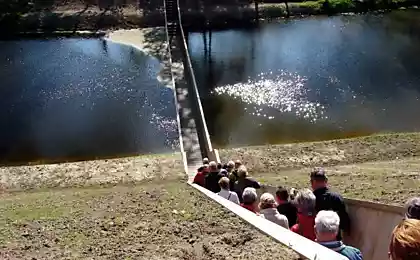1768
Moses Bridge - Bridge Underwater
During the reconstruction of the XVII century Dutch fort, the architects faced a trivial task. They had to throw over the moat, which is surrounded by an earthen rampart, a much-needed bridge tour, but to design its structure so that a remake was virtually invisible.
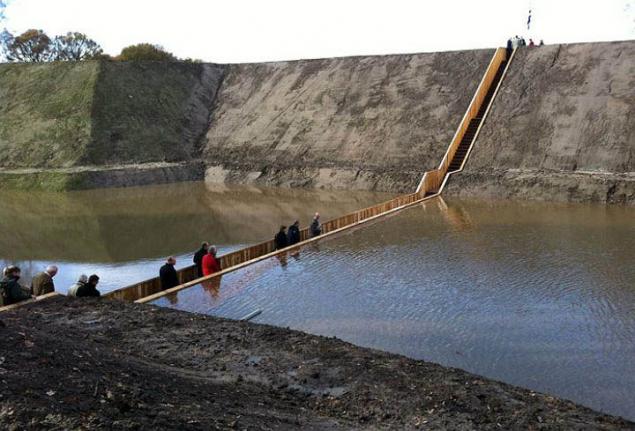
In the world that the reconstruction of historical and architectural monuments does not introduce anything new in them, but only recreates the old items created by the masters of past centuries. Therefore, when working on a defensive fort of the 17th century Fort De Roovere in the Dutch province of North Barabant architects are faced with the impossibility of creating a bridge over the moat - it violates the historical integrity of the building. However, after much thought, was found a truly elegant solution to this problem.
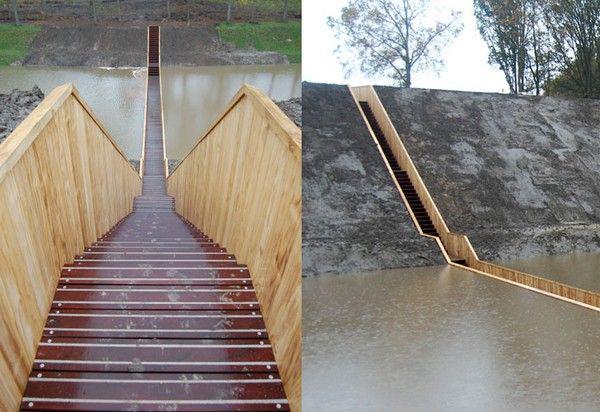
As a result, there was a bridge Moses Bridge, which goes under water to a depth of about one meter. But, nevertheless, it is completely dry inside - the design is created from a modernized timber held acetylation. As expected, this material can last more than 50 years.
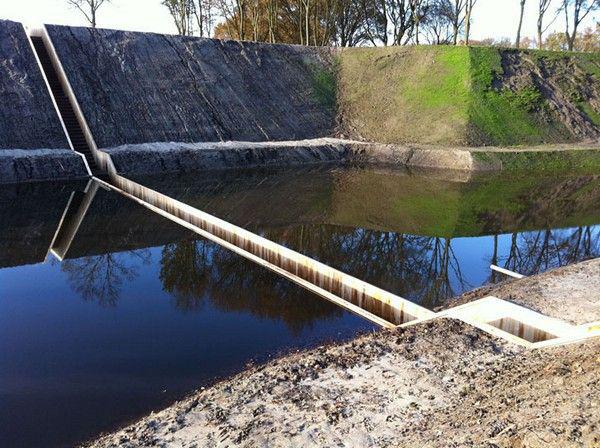
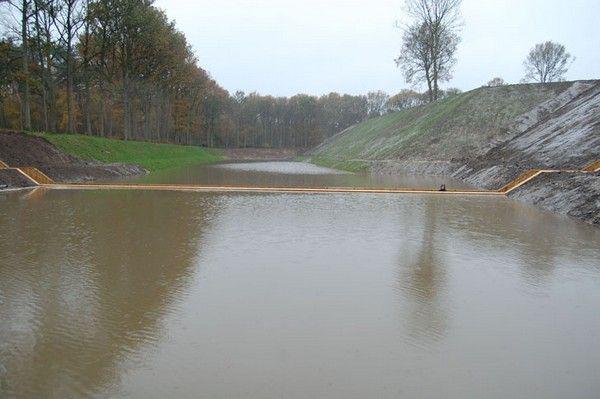
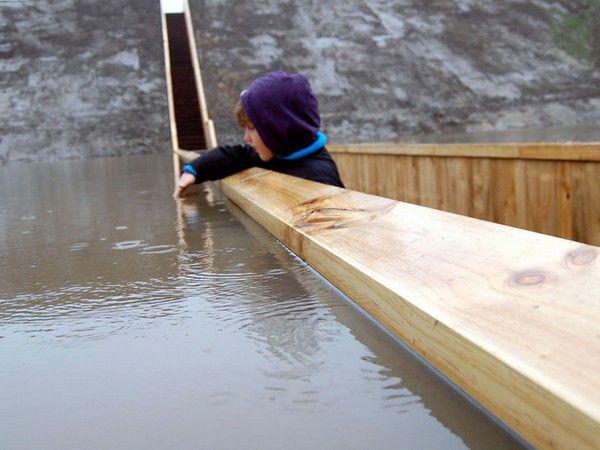
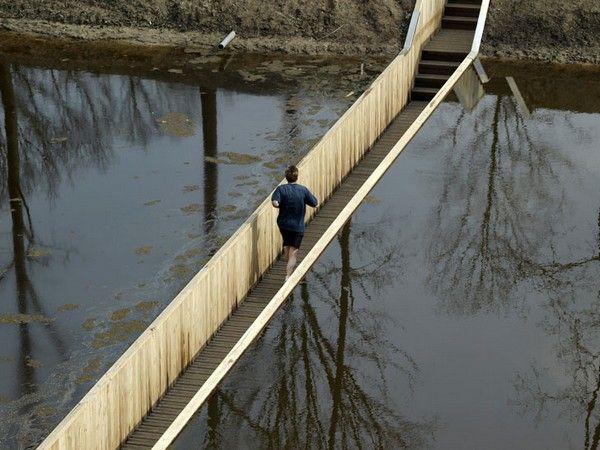

In the world that the reconstruction of historical and architectural monuments does not introduce anything new in them, but only recreates the old items created by the masters of past centuries. Therefore, when working on a defensive fort of the 17th century Fort De Roovere in the Dutch province of North Barabant architects are faced with the impossibility of creating a bridge over the moat - it violates the historical integrity of the building. However, after much thought, was found a truly elegant solution to this problem.

As a result, there was a bridge Moses Bridge, which goes under water to a depth of about one meter. But, nevertheless, it is completely dry inside - the design is created from a modernized timber held acetylation. As expected, this material can last more than 50 years.








